
Buying a new car in South Africa can be an exciting experience, but it is important to understand how prices are set in the local market. Whether you are looking for a budget-friendly model or a luxury vehicle, several factors influence the final price you will see at the dealership. From taxes and import duties to manufacturing and financing options, the cost of a new car in South Africa can vary based on a number of elements.
Key Takeaways
- Taxes and Import Duties Drive Prices: Import duties of up to 25 percent, VAT at 15 percent, and CO₂ emission levies add substantially to the cost of new vehicles, making South African prices higher than in many other markets.
- Economic Pressures Shift Demand: Higher interest rates, inflation, weaker credit access, and rising fuel costs are encouraging more South Africans to choose pre-owned or smaller, fuel-efficient cars instead of new models.
- Wide Price Range Across Segments: Entry-level cars start from around R185 000, mid-range family vehicles range between R310 000 and R580 000, while luxury models typically exceed R900 000, reflecting how affordability is split across different income groups.
About Arcadia Finance
Secure your loan easily with Arcadia Finance, no application fees and access to 19 trusted lenders, fully compliant with South Africa’s National Credit Regulator. Enjoy a smooth, reliable process designed to meet your financial needs.
How Car Buying Habits Have Changed In South Africa
The South African car market has moved through periods of gradual change as well as sharp price shifts, reflecting wider economic pressures. Rising inflation, the luxury tax known as Ad Valorem Excise Duty, and stagnant wage growth have discouraged many households from purchasing vehicles that fall above the tax trigger, which applies at 5.25% on cars valued higher than R250 000. Even vehicles aimed at first-time buyers or the mid-tier market have felt the impact of higher costs. A clear example is that a car once seen as a reliable family option during the 1990s now falls within the category of premium or luxury models three decades later.
Another major factor shaping consumer decisions is the overall expense of owning and maintaining a vehicle. The era when buyers could easily adjust their choices to align with broader socio-economic conditions has largely come to an end, as affordability concerns now carry far more weight.
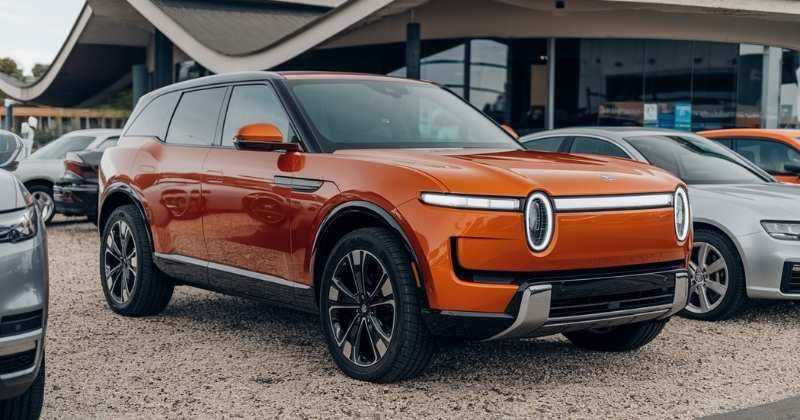
Factors Influencing New Car Prices
Import Duties and Related Levies
For 2025, import duty on passenger vehicles is set at 25 %. Vehicles from the European Union attract a lower rate of 18 % under trade agreements. Additional charges include ad valorem tax, often called a luxury excise, which ranges from around 0.75 % to 30 % depending on the vehicle’s value. Imported vehicles also face port and customs processing fees, and imported tyres carry a 15 % duty.
Value Added Tax (VAT)
VAT in South Africa remains at 15 % in 2025. A proposed increase to 15.5 % was withdrawn in April after opposition. VAT is applied to the “added tax value”, which includes the customs value plus a 10 % uplift for imports outside the Customs Union and any duties that are not rebated. This calculation means VAT significantly increases the overall cost.
Local Assembly and Production Incentives
Cars assembled locally, such as the Toyota Corolla, Hilux, and VW Polo, benefit from lower costs because parts attract reduced import duties. The Automotive Production and Development Programme (APDP) and schemes like the Automotive Investment Scheme provide tax allowances that support local manufacturing. These measures help keep prices of locally assembled vehicles more competitive.
Fluctuations in the Exchange Rate
Exchange rates indicate the value of one currency when compared with another. For South Africans purchasing new vehicles, this translates to knowing how many Rands (ZAR) are required to obtain foreign currencies such as the US Dollar (USD) or Euro (EUR). Shifts in exchange rates do not immediately appear in showroom prices. Market factors such as competition, stock availability, and pricing policies often delay the adjustment. These conditions affect vehicle pricing in several distinct ways, which are outlined further below.
A range of elements influence the value of the Rand, and in turn these also affect the price of imported cars:
| Factor | Influence on Rand | Effect on Consumers |
|---|---|---|
| GDP Growth | Strengthens the Rand | Lowers the cost of imports |
| Rate Increases | Draws foreign investment | Contributes to price stability |
| Political Instability | Weakens the Rand | Leads to pricing uncertainty |
| Commodity Prices | Higher export earnings support Rand | Provides stability to the market |
| Trade Balance | A positive balance strengthens Rand | Improves predictability of pricing |
Monetary policy decisions made by the South African Reserve Bank play a central role. For instance, when the repo rate was set at 7.75% in late 2024, the adjustment influenced the Rand’s performance and increased the cost of imported products, which included new vehicles.
Government Programmes and Environmental Levies
Government incentives under the APDP aim to support local production and reduce dependence on imports. Environmental charges such as the CO₂ emissions tax are also applied. For passenger cars, the rate is R146 per gram of CO₂ per kilometre for emissions above 95 g/km, with higher rates for double-cab bakkies. Electric vehicles are exempt from CO₂ tax but still face higher prices due to import duties and the lack of widespread charging infrastructure.
Economic Factors Affecting Car Sales
Economic conditions are having a direct impact on how South Africans approach car purchases:
- Higher financing costs: Adjustments in monetary policy have pushed up loan interest rates, leading many buyers to postpone new car purchases and instead look towards the pre-owned market.
- Rising inflation: As household budgets tighten and purchasing power decreases, many middle-income families are opting for reliable second-hand vehicles rather than investing in new ones.
- Tighter credit conditions: Restricted access to financing, combined with the weaker Rand, has reduced affordability for new models, pushing more buyers towards certified pre-owned options.
- Fuel price hikes: Increases in fuel prices are encouraging demand for smaller, fuel-efficient used cars and hybrid models that help reduce running costs.
These economic pressures are shaping overall pricing trends and altering consumer preferences, creating a stronger shift towards the pre-owned segment.

Popular New Car Models and Pricing in South Africa
Economy and Budget-Friendly Cars
For buyers seeking affordability, economy cars are a practical option. These models provide essential features at a price point that caters to budget-conscious consumers. Some of the top economy cars in South Africa include:
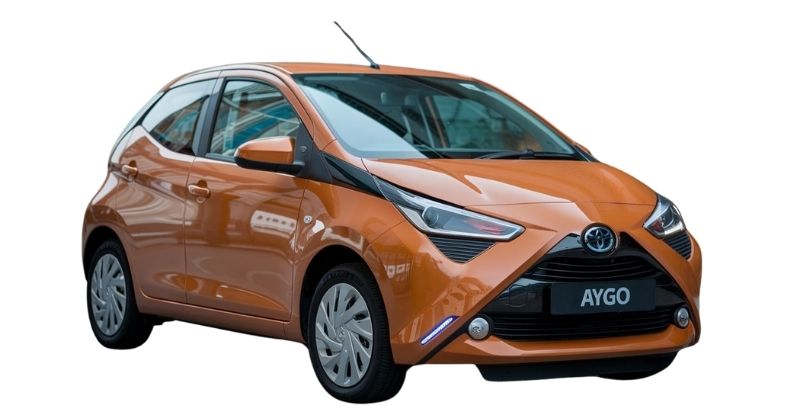
Toyota Aygo: Often cited as one of the most affordable new cars available, the Aygo now starts at about R185 000 when purchased outright, with monthly instalments ranging from approximately R2 643 to R3 364. Its compact dimensions and strong fuel economy make it ideal for navigating urban areas.

Hyundai Grand i10: The 2025 Grand i10 lineup has been streamlined into “Premium” and “Executive” trims. Prices now begin at around R224 900 for the 1.0 Premium hatch and can go up to R323 900 for the 1.2 Fluid automatic hatch.
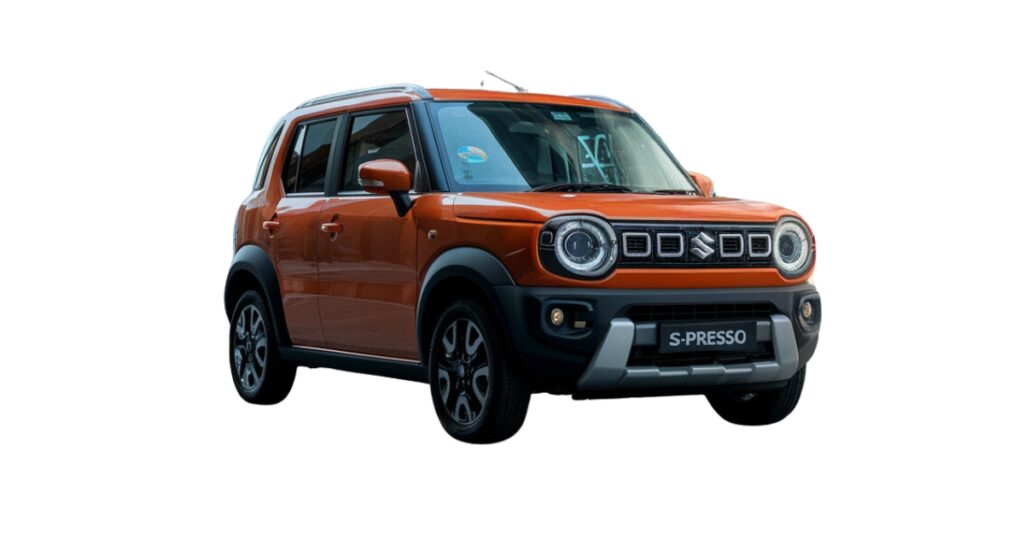
Suzuki S-Presso: rom about R178 900 for the base 1.0 GL manual. Higher-spec models reach R219 900 for the 1.0 S-Edition auto.
Economy cars in South Africa are typically priced between R160 000 ($8 740.80) and R250 000 ($13 655.00), making them a cost-effective option for first-time buyers or those seeking a second vehicle. Their affordability is driven by features such as small, fuel-efficient engines, limited but practical tech features like basic infotainment systems, lower manufacturing costs due to fewer luxury add-ons, and reduced maintenance and service expenses.
As new car prices in 2025 continue to evolve, understanding your financing options is crucial. If you’re considering whether to lease or buy, our detailed guide on the Best Way to Finance a Car breaks down the pros and cons of each method, helping you make an informed decision that aligns with your financial goals and lifestyle.
Mid-Range Family Cars
For families looking for more space and comfort, mid-range vehicles strike a balance between affordability and additional features. Popular choices in this category include:

Toyota Corolla: The Corolla 1.8 XS model is priced from approximately R403 500 for cash purchase. Monthly repayments usually fall between R5 764 and R7 336. Hybrid models such as the 1.8 Hybrid XS start closer to R560 300, while the 2.0 XR is priced at about R570 800.
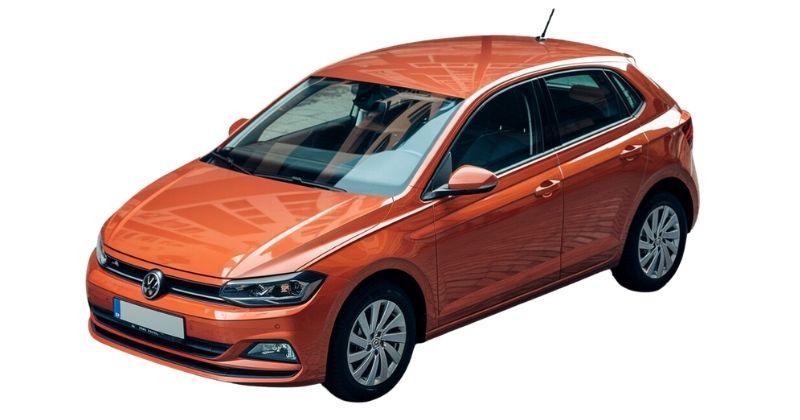
Volkswagen Polo: The hatchback 1.0 TSI model has a recommended retail price of around R373 800. The sedan 1.6 manual version is available from approximately R382 600.
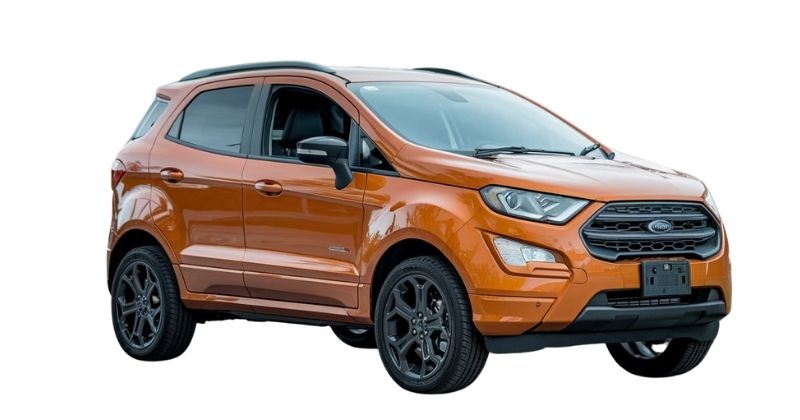
Ford EcoSport: This compact SUV begins at roughly R311 400 in cash terms, offering an accessible entry point into the family SUV category.
Across South Africa, mid-range family cars are now typically priced between R310 000 and R580 000, depending on brand, model, trim and powertrain choice.
These vehicles generally provide more spacious cabins and improved ride comfort compared with entry-level models. Families also benefit from stronger safety systems such as multiple airbags and traction or stability control, as well as larger boot space that is useful for school runs or family trips. Many also come fitted with modern features including Bluetooth connectivity and touchscreen infotainment.
Although they are more expensive than basic economy cars, the additional comfort, safety and practicality make mid-range models a sensible long-term option for households with growing needs.
Along with the upfront costs, new car buyers must consider the impact of Car Value Depreciation. This comprehensive guide sheds light on how rapidly new cars can lose value and offers tips on preserving your vehicle’s worth over time.
Luxury and Premium Cars
For buyers seeking prestige and excellence, South Africa offers a strong selection of high-end vehicles. Here are the latest entry prices for key models in 2025:
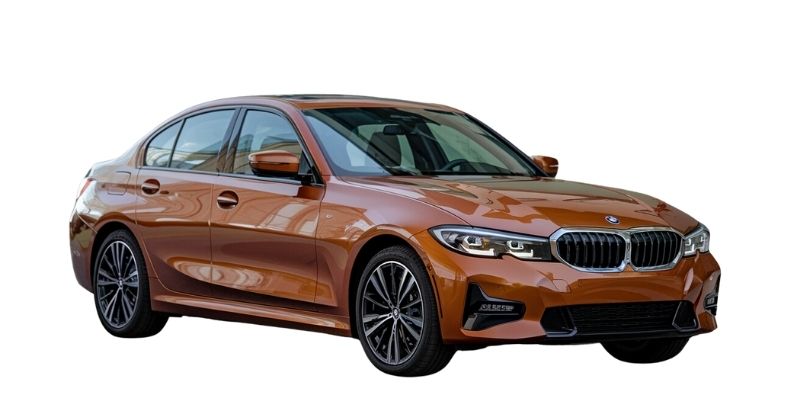
BMW 3 Series (320i): The updated G20 model range begins at around R913 731 for the 320i variant. Other trims include the 320i M Sport at R963 731, the 320d from R965 377, the 320d M Sport from R1 015 377, the 330i M Sport from R1 038 567, and the top-tier M340i xDrive at R1 364 607.
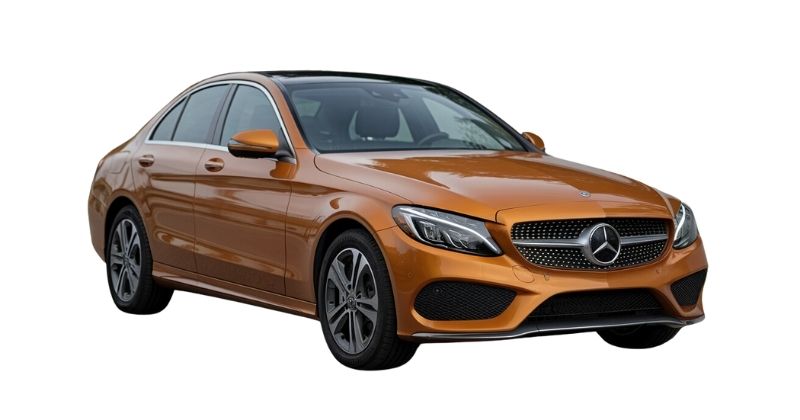
Mercedes‑Benz C‑Class (C200): According to Carter data, the cash price of the C‑Class begins at about R927 100. This aligns with monthly financing estimates of between R13 244 and R16 856 per month.
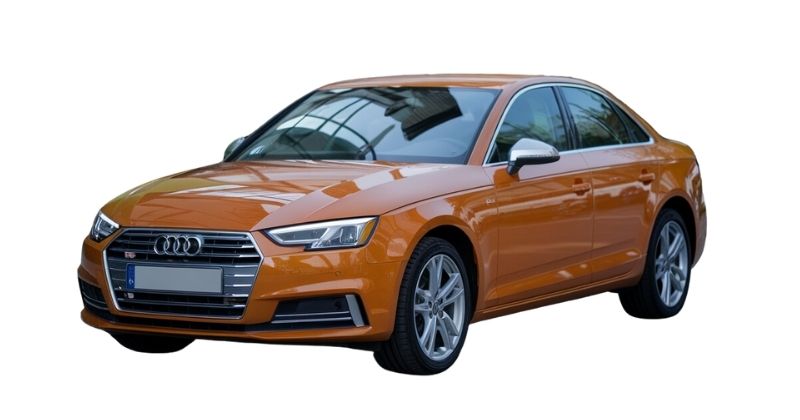
Audi A4: While South Africa’s current range shows that the Audi A4’s successor is arriving later, the most comparable 2025 figure for the A4 Black Edition sits at approximately R952 600.
Luxury cars in South Africa now start in the region of R913 000 and can rise well beyond R1.3 million, depending on the trim and optional extras. Elevated taxes, import duties, and carbon emissions levies contribute significantly to these prices, making them notably higher than in other markets. Despite the cost, these cars remain sought after for their comfort, performance and the prestige they confer.
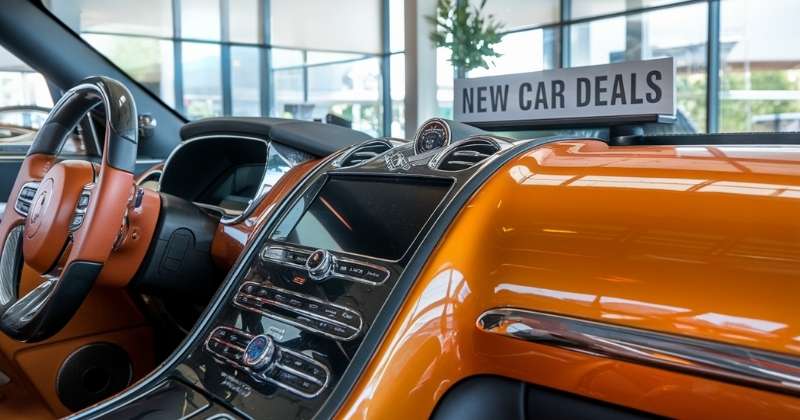
Hidden Costs to Consider When Buying a New Car
When buying a new car in South Africa, the sticker price does not represent the full amount you will pay. Several additional charges are often overlooked. These may include licensing and registration fees, insurance premiums, and service or maintenance plans. Taking these into account will help you budget more effectively and prevent unwelcome surprises.
Licensing and Registration Fees
Before driving your new vehicle legally, you must handle licensing and registration. These costs vary by province, vehicle make and model, and sometimes weight. According to recent estimates, licence fees typically range from R500 to R1 500 annually depending on where you are based. In addition, the one-off charge for changing ownership is capped at R330. If you’re roadworthy testing a second-hand vehicle, expect to pay between R500 and R800. In total, owners should budget approximately R500–R1 800 for the full licensing and registration process when purchasing a new car.
| Cost Type | Description | Price Range |
|---|---|---|
| Licensing Fees | Calculated based on the vehicle’s weight and engine capacity. | R1,500 to R2,500 annually |
| Vehicle Registration | A mandatory, once-off registration fee that varies by province. | R500 to R700 |
| Roadworthy Certificate | Included for new cars, but second-hand car buyers may need to pay for this test. | R500 to R1,000 |
Insurance Costs
Insurance is a significant part of the ongoing cost and should not be overlooked.
- Third-party only cover usually costs between R200 and R500 per month.
- Comprehensive cover, which extends protection to your own vehicle as well as third parties, now ranges from R800 to more than R2 000 per month.
- Some providers offer more competitive rates. For example, comprehensive plans may start at R350 per month with basic vehicle types, rising to around R1 500 depending on model, driver profile and extras.
Premiums vary significantly by region too. Limpopo has the highest average at around R1 382 per month, closely followed by Gauteng at R1 371. In contrast, the Western Cape averages just R980 per month. Shopping around with different insurers is a smart way to find a rate that suits your circumstances, while ensuring the level of cover meets your needs.
Maintenance and Service Plans
New vehicles typically come with a manufacturer’s service plan, but it’s vital to understand its scope and duration. Most cars should be serviced every 10 000 to 15 000 km to maintain warranty coverage. Standard plans tend to include basic items such as oil changes, filter replacements and system checks. More comprehensive maintenance plans also cover wear-and-tear parts like brake pads and wiper blades.
Certain brands, such as Toyota and Volkswagen, often include service plans in the purchase price. It remains wise, however, to verify how long the plan lasts and whether upgrading to a more inclusive maintenance plan later may be necessary.
Conclusion
New car prices in South Africa are influenced by various factors, including import duties, local manufacturing, exchange rates, and government policies. Imported vehicles incur higher costs due to taxes and currency fluctuations, while locally assembled cars from brands like Toyota and Volkswagen tend to offer more competitive pricing. Regional variations also impact pricing, with higher costs often observed in rural areas due to logistics challenges and lower dealership competition. Understanding these key factors enables consumers to make informed decisions when purchasing a new car, whether they are seeking economy models or luxury vehicles.
Frequently Asked Questions
New car prices in South Africa are elevated due to several factors, including import duties, VAT, and ad valorem taxes on luxury models. Additionally, currency fluctuations impact the cost of imported vehicles, driving up retail prices. Even locally assembled cars can be more expensive than in some other countries because of production costs and taxes.
Yes, locally assembled cars are typically more affordable than fully imported models. Brands such as Toyota, Volkswagen, and BMW manufacture vehicles in South Africa, benefiting from lower import duties on parts, which results in reduced production costs and more competitive prices for consumers.
Exchange rates significantly influence the pricing of new cars, particularly for imported models. A weaker Rand raises the cost of importing vehicles and parts, resulting in higher retail prices. Conversely, a stronger Rand can help stabilise or lower prices, but fluctuations in the Rand contribute to unpredictable pricing.
Beyond the vehicle’s price, buyers should budget for extra expenses like VAT (15%), licensing and registration fees, and insurance premiums. Optional costs, such as maintenance plans or extended warranties, can also contribute to the overall expense.
Yes, car prices can vary between urban and rural areas. In major cities like Johannesburg and Cape Town, increased competition among dealerships often leads to more competitive pricing and promotions. In rural areas, limited dealership options and higher transportation costs can result in higher car prices.
Fast, uncomplicated, and trustworthy loan comparisons
At Arcadia Finance, you can compare loan offers from multiple lenders with no obligation and free of charge. Get a clear overview of your options and choose the best deal for you.
Fill out our form today to easily compare interest rates from 19 banks and find the right loan for you.



